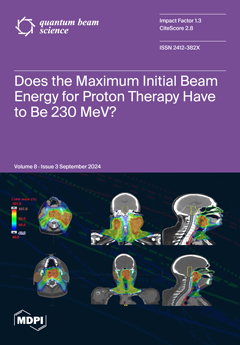Open AccessArticle
Multi-Technique Characterization of Cartonnage and Linen Samples of an Egyptian Mummy from the Roman Period
by
Francis Sanches, Isis Franzi, Josiane Cavalcante, Roberta Borges, Anderson de Paula, Alessandra Machado, Raysa Nardes, Ramon Santos, Hamilton Gama Filho, Renato Freitas, Joaquim Assis, Marcelino Anjos, Ricardo Lopes and Davi Oliveira
Cited by 1 | Viewed by 905
Abstract
The historical and cultural significance of artistic works and archaeological artifacts underscores the imperative use of non-destructive testing methods in cultural heritage objects. Analyzing pigments in artwork poses a specific analytical challenge that demands a combination of various techniques to accurately determine chemical
[...] Read more.
The historical and cultural significance of artistic works and archaeological artifacts underscores the imperative use of non-destructive testing methods in cultural heritage objects. Analyzing pigments in artwork poses a specific analytical challenge that demands a combination of various techniques to accurately determine chemical compositions. In this context, our work focused on the multi-analytical characterization of samples derived from fragments of a Roman-era Egyptian mummy named Kherima, dating back to around 200 AD. To identify the layers and elemental composition of the pigments used in the decoration, various techniques were employed: X-ray microfluorescence (µXRF), X-ray diffraction (XRD), Raman spectroscopy, Fourier-transform infrared spectroscopy (FTIR), high-resolution optical microscopy (OM), and X-ray computed microtomography (microCT). This multi-analytical approach facilitated the identification of the original pigments in the analyzed mummy fragments, along with insights into the materials used in the ground layer and the techniques applied in artifact manufacturing, indicating their accordance with the historical period and region to which they originally belonged.
Full article
►▼
Show Figures





